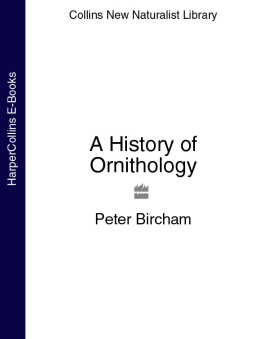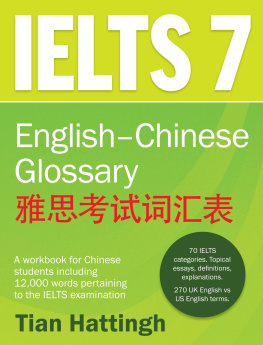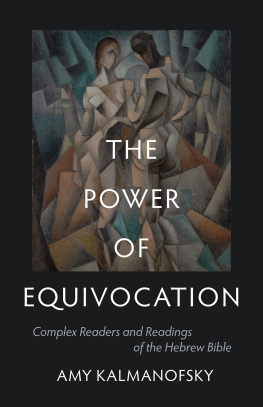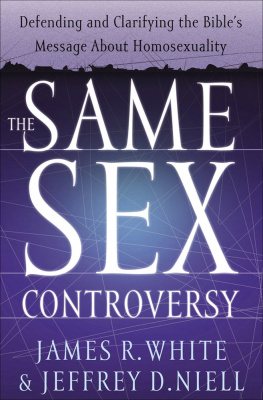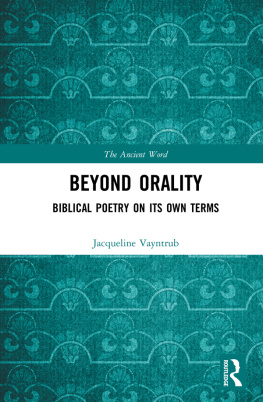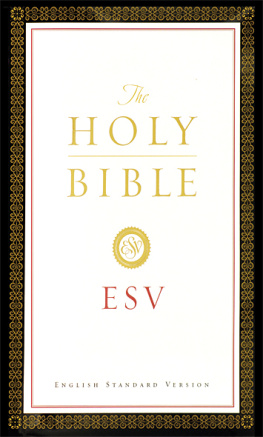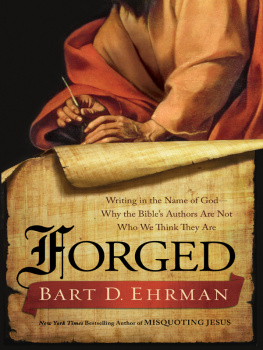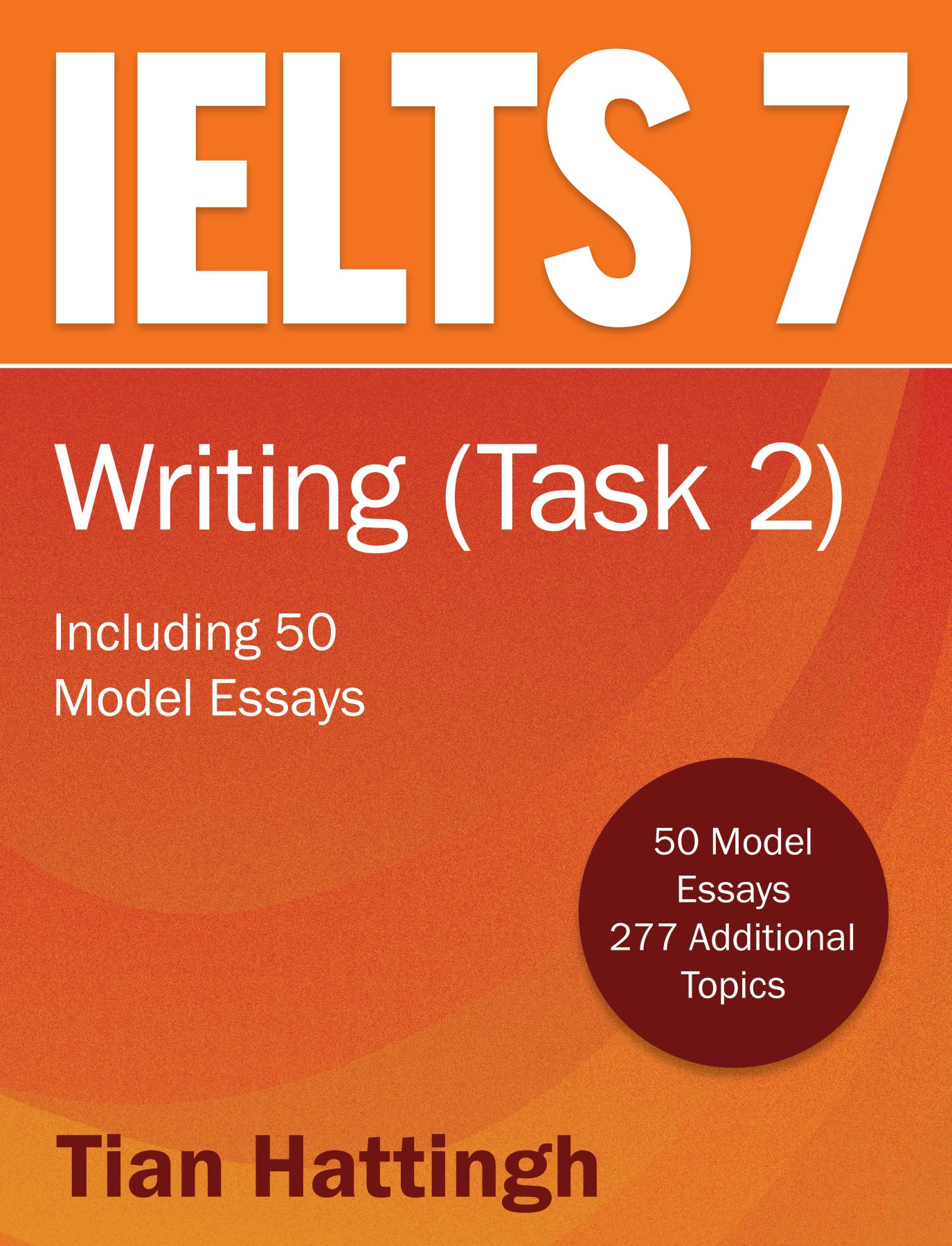
IELTS 7 WRITING
(Task 2)
Including 50 Model Essays
Tian Hattingh

Copyright 2018 Tian Hattingh
The moral right of the author has been asserted.
Apart from any fair dealing for the purposes of research or private study, or criticism or review, as permitted under the Copyright, Designs and Patents Act 1988, this publication may only be reproduced, stored or transmitted, in any form or by any means, with the prior permission in writing of the publishers, or in the case of reprographic reproduction in accordance with the terms of licences issued by the Copyright Licensing Agency. Enquiries concerning reproduction outside those terms should be sent to the publishers.
Matador
9 Priory Business Park,
Wistow Road, Kibworth Beauchamp,
Leicestershire. LE8 0RX
Tel: 0116 279 2299
Email:
Web: www.troubador.co.uk/matador
Twitter: @matadorbooks
This work may contain copyrighted material the use of which has not always been specifically authorized by the copyright owner. Such material is made available for educational purposes, to advance understanding of human rights, democracy, scientific, moral, ethical, and social justice issues, etc. It is believed that this constitutes a fair use of any such copyrighted material as provided for in Title 17 U.S.C. section 107 of the US Copyright Law.
IELTS is a registered trademark of University of Cambridge ESOL, the British Council, and IDP Education Australia. By using this book, in printed and/or electronic formats, readers agree that they fully understand that IELTS-7 is not affiliated, approved or endorsed by University of Cambridge ESOL, the British Council, or IDP Education Australia.
ISBN 978 1789017 243
ISBN (e-book) 978 1789013 047
British Library Cataloguing in Publication Data.
A catalogue record for this book is available from the British Library.
Design, Typeset, and Cover by Scribe Inc., Philadelphia, Pennsylvania, United States

Matador is an imprint of Troubador Publishing Ltd
Dedicated to my father:
Charel Dawid Naud Hattingh
(19292003)
And to my mother:
Margaret Dagmar Hattingh (ne Botha),

who spoke English to me.
Learning is like rowing upstream: not to advance is to drop back.
Chinese saying
Education is the best provision for old age.
Aristotle
Intelligence plus character: that is the goal of true education.
Martin Luther King Jr.
I am still learning.
Michelangelo
CONTENTS
BAND 9: EXPERT USER
The candidate has a fully operational command of the language. In other words, the language is appropriate, accurate, and fluent and accompanied by complete understanding.
BAND 8: VERY GOOD USER
The candidate has an operational command of the language with only occasional unsystematic inaccuracies. Misunderstandings do occur in unfamiliar situations. The candidate is able to handle complex, detailed argumentation as well.
BAND 7: GOOD USER
The candidate has an operational command of the language, though with occasional inaccuracies, inappropriacies, and misunderstandings in some situations. The candidate generally handles complex language well and understands detailed reasoning.
BAND 6: COMPETENT USER
The candidate has a generally effective command of the language despite some inaccuracies, inappropriacies, and misunderstandings. The candidate is able to use and understand fairly complex language, particularly in familiar situations.
BAND 5: MODEST USER
The candidate has a partial command of the language, coping with overall meaning in most situations, though he or she is likely to make many mistakes. The candidate should be able to handle basic communication in his or her own field.
BAND 4: LIMITED USER
The candidate has a basic competence that is limited to familiar situations. He or she has frequent problems in understanding and expression. The candidate is not able to use complex language.
BAND 3: EXTREMELY LIMITED USER
The candidate is able to convey and understand only general meanings in very familiar situations, but frequent breakdowns in communication will occur.
BAND 2: INTERMITTENT USER
No real communication is possible except for the most basic information using isolated words or short formulae in familiar situations and to meet immediate needs. The candidate has great difficulty understanding spoken and written English.
BAND 1: NONUSER
The candidate essentially has no ability to use the language beyond possibly a few isolated words.
BAND 0
The candidate did not attempt the test, and no assessable information was provided.
The International English Language Testing System, or IELTS, is an international standardized test of English-language proficiency for nonnative English language speakers. It is jointly managed by the British Council, IDP: IELTS Australia, and Cambridge English Language Assessment and was established in 1989. IELTS is one of the major English-language tests in the world. In 2016, three million tests were taken in more than 140 countries.
IELTS is accepted by most Australian, British, Canadian, and New Zealand academic institutions, by more than three thousand academic institutions in the United States, and by various professional organizations across the world.
IELTS is the only secure English language test approved by UK Visas and Immigration for visa customers applying both outside and inside the UK. It is also a requirement for immigration to Australia and New Zealand. In Canada, IELTS is accepted by the immigration authority.
No minimum score is required to pass the test. An IELTS result or Test Report Form is issued to all test takers. Test takers receive a score for each test component: Listening, Reading, Writing, and Speaking. The individual scores are then averaged and rounded to produce an overall band score.
Institutions are advised not to consider a report older than two years to be valid unless the user proves that he or she has worked to maintain that level.
The IELTS test has four parts: Listening, thirty minutes (plus ten minutes transfer time); Reading, sixty minutes; Writing, sixty minutes; and Speaking, eleven to fourteen minutes. The total test time is therefore two hours and fifty-five minutes.
Listening, Reading, and Writing are completed in one sitting. The Speaking test may be taken on the same day or up to seven days before or after the other tests.
All test takers take the same Listening and Speaking tests, while the Reading and Writing tests differ depending on whether the test taker is taking the Academic or General Training versions of the test.
On Friday afternoon, October 25, 2002, I stepped off a plane at the Hongqiao Airport in Shanghai. Before accepting a job offer in the Peoples Republic of China, I had only a vague idea of where China was. Until then, I had never been to a Chinese restaurant and had only heard of chopsticks. I had never noticed a Chinese character before and had certainly never heard someone speak Mandarin and/or Cantonese.
Next page

